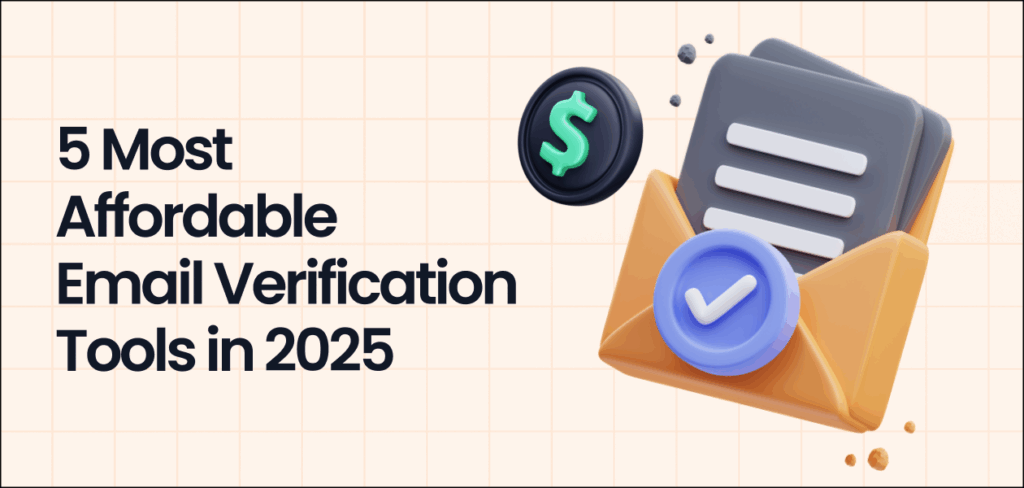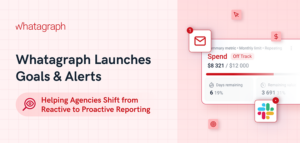
11 Unforgettable Halloween Ad Campaigns to Spark Your Creativity
October brings with it more than just crisp air and falling leaves – it’s the season when brands unleash their most creative and hauntingly memorable Halloween marketing campaigns. From eerie storytelling to spine-tingling visuals, some of the best Halloween campaigns …

Top B2B Digital Marketing Agencies Driving Growth in 2025
Is B2B marketing the same as B2C? The short answer: no. While both require strategic planning and engagement, B2B marketing involves longer sales cycles, multiple decision-makers, and a strong emphasis on relationship-building—in the simplest terms. They do share one thing, …

How Virtual Data Rooms Help eCommerce Startups Build Investor Trust
The confidence of the investors in the eCommerce space has never been more difficult to secure. The industry is a high-paced, high-data, and highly competitive one. Investors do not merely desire to observe traction in the market; they require evidence …

Walmart Marketing Strategy: How the Retail Giant Wins with Smart Campaigns
With ‘Anytime, Anywhere‘ at the brand’s core, Walmart’s digital marketing strategy is rooted in two ‘A’s’–Accessibility and Availability. It has 10,622 stores across 24 countries and successfully caters to over 37 million customers daily through its marketplace and offline stores, …

Burberry’s Over The Top Digital Marketing Strategy & Deluxe Advertising Campaigns
Known for its iconic trench coats and check pattern Burberry is a luxury fashion house cherishing British heritage. Brand’s over-the-top marketing campaigns are often praised for their creativity and innovation. Let’s explore how Burberry campaigns are utilized to create a …

12 Leading CRO Agencies to Skyrocket Your Conversion Rates
Driving traffic to your website is just the first step—but it doesn’t mean much if those visitors don’t take action. The real challenge is turning those clicks into customers, leads, or subscribers. That’s where conversion rate optimization (CRO) comes in. …

New Balance Marketing Strategy: Explore the Campaigns Fueling Their Explosive Growth!
After its greatest ad, “worn by supermodels in London and dads in Ohio,” New Balance has proven that its marketing efforts have evolved to resonate with highly diverse audiences. The brand’s journey from functional footwear to a global fashion icon …

5 Most Affordable Email Verification Tools in 2025
Imagine launching what feels like the perfect email campaign. A strong subject line, engaging copy, and a clear call-to-action. Then reality hits. Your open rates are low, and your emails bounce more than they land. The truth is simple: if …

Nespresso’s Marketing Magic: 6 Lessons for Success
We all know that marketing can sometimes be challenging, but some brands make it seem effortless. Nespresso is one of those brands! At Digital Agency Network we absolutely love starting our days with a delicious Nespresso. Not only do we …

Top 10 Digital Marketing Strategies and Best Practices for the Healthcare Industry
Healthcare is a competitive industry, both in small towns and large cities, and without solid digital marketing strategies for healthcare, your chances are pretty low. People have more options than ever for healthcare, so you should separate your business from …

7 Top White Label Marketing Tools For Agencies
Agencies thrive on reputation, and branding is a big part of that. Whether an agency offers SEO audits, social media services, or SMS campaigns, high-value clients expect to see the agency’s brand front and center. White-label marketing tools make this …

Why Your Emails Won’t Reach Inboxes in 2025: Dirty Lists Are Killing Your Campaigns
Every year, businesses lose thousands of dollars due to poor email list hygiene. Martech’s 2025 data reveals a crisis: 39% of senders rarely or never clean their lists, a recipe for spam traps, bounces, and crushed ROI. As inbox algorithms …
























